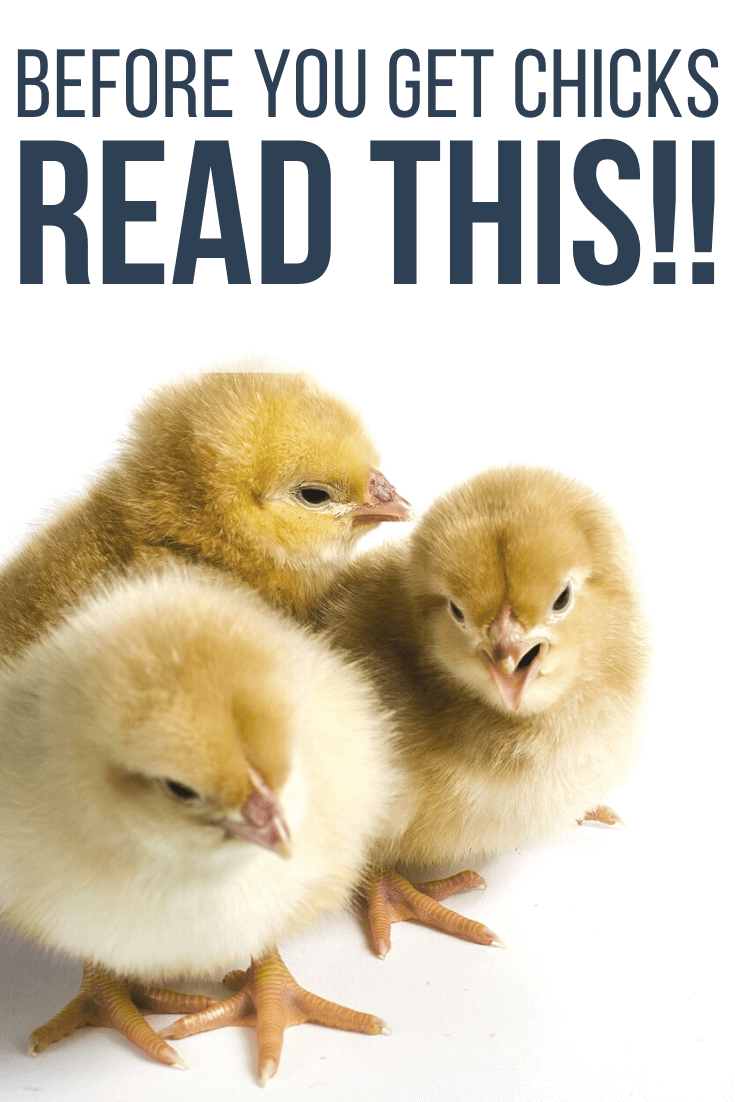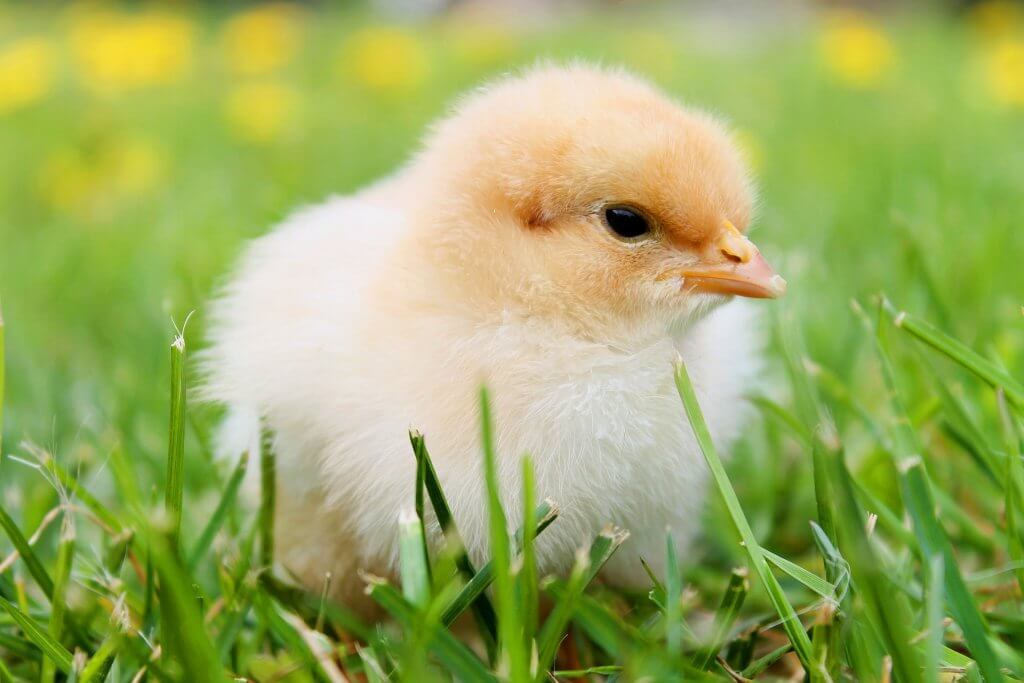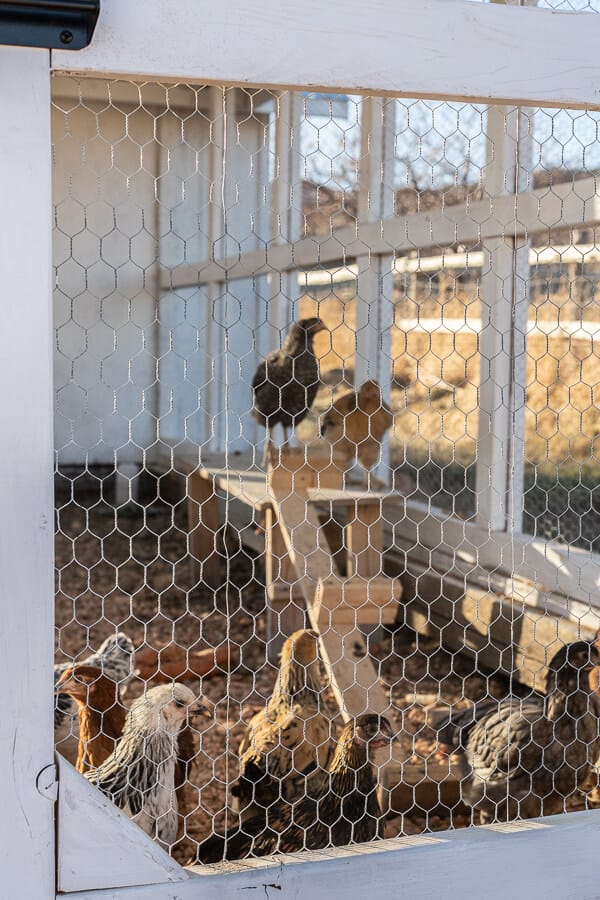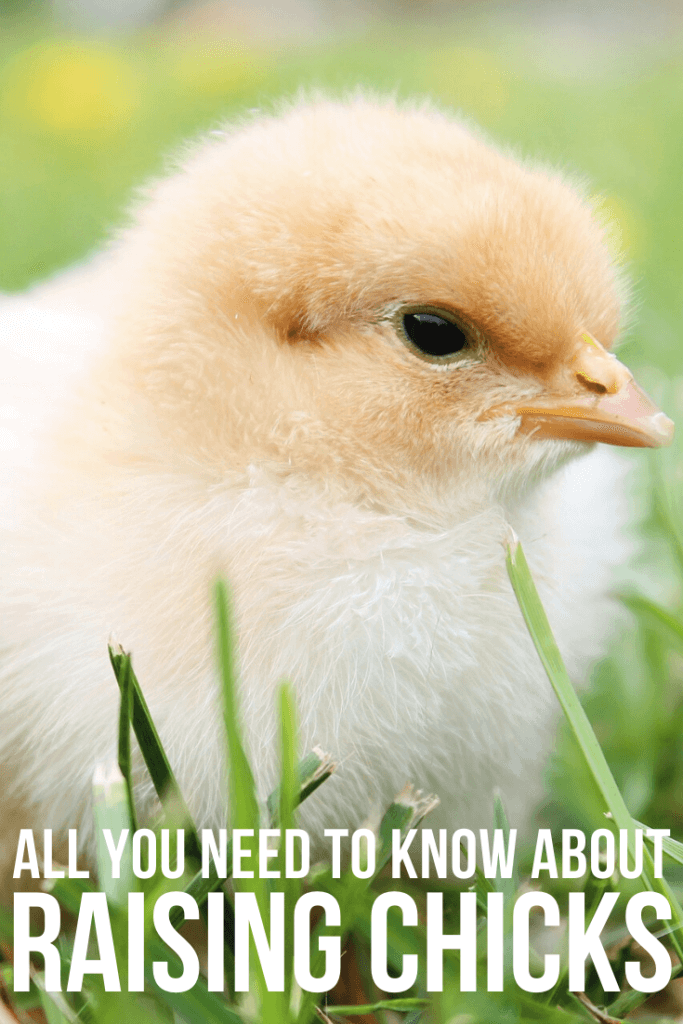Everything You Need to Know About Raising Baby Chicks
Well, after so so so many questions I decided to create a blog post series all about baby chicks, how to raise chickens, baby chicks care, and all the chick supplies you will need! You just got baby chicks? And now you are hoping you got all the vital things you need? Well, I want to share my experience and give you tips on how to raise baby chicks. Hopefully my tips and information will be helpful for those out there thinking of getting these adorable creatures!
Now, I am by far a chicken expert, but we were able to raise 11 baby chicks successfully without losing any of them, and that feels like a pretty good success story to me.
Baby chicks are the cutest dang thing you will ever raise at your house, well I guess maybe other than real human babies. Well, no I take that back, chicks might be cuter! Haha
I think that sometimes, people buy these adorable creatures before thinking it through and realize they might not quite be prepared! So, I wanted to give you as much info I can so that when those baby chicks come home, you are well and ready for them!
I also want to answer some very common questions about where to get them and why.
Where should I get baby chicks?
So you are looking for baby chicks? Well you are in luck because there are a ton of different resources for you! From stopping by your local IFA or farm store, to ordering them online or finding a chicken community on Facebook there are so many ways to get your hands on baby chicks!
For me, I have had really great success ordering them online through Meyer Hatchery. Once they were shipped they were here within 24 hours. They came with some chick supplement, and instructions. It was amazing to get chicks in the mail!
There are other online hatcheries you can look at, here is a list of ones I am familiar with:
- Meyer Hatchery
- Ideal Poultry
- Murray McMurray
- Cackle Hatchery
- Alchemist Farm(this company focuses on creating unique and rare breeds and have some amazing chickens. I will definitely be ordering some from them in the future.)
These are just some I am familiar with. I know there are many more! My experience was so great with Meyer Hatchery that I think I will stick with them for a while.
A few things to think about when buying your chicks.
Most hatcheries offer the option of a hen or a rooster. You will pay extra however, if you choose to the hen option only. This is what I did because I wasn’t interested in a rooster at this time. So I paid a little bit more to guarantee that they were all hens. Now, obviously there is still some error in this and the hatcheries are great about working with you if you end up with a roo and only paid for a hen.
If you buy them at a farm store, there is always a chance you will get a rooster. I do find that sometimes the stores employees are not as good at differentiating them, and I know I am not an expert, so just my luck I would end up with a whole coop of roosters. Haha
So, you ordered your baby chicks online, now what?
Well, not its time to make a list of all the things you will need to take care of those cute little baby chicks until they are old enough to be let out in the coop. Let’s talk about how to raise baby chicks successfully.
Here is a list of things I used for my baby chick care:
- Heat lamp, or brooder heating plate. ( I will talk about the pros and cons in a bit)
- Chick feeder
- waterer
- pine shavings
- chick starter food
Those are the basics. Now, I want to talk about the heat lamps for a minute.
Heatlamp pros and cons:
PROS: Heat lamps are inexpensive. You can pick one up for almost nothing at a farm store. You can usually clip them onto the box or hang them.
CONS: There is a risk of fire. It can get too hot. It can fall and break.
If you decide to get a heat lamp, I just have a few thoughts:
- Make sure that you have it secured in a place where it cannot fall or come into contact with anything flammable.
- When installing your heat lamp, keep track of how the baby chicks act. If they huddle in the center of the brooder they are not warm enough. If they are running to the outside walls of the brooder box, they are too hot, and you need to raise up your heat lamp.
I got a heat lamp when we got our chicks. We set it up and began using it. Then I got nervous. I worried all night about something, somehow catching fire. This doesn’t happen often, but it is always a possibility. I also found that the chicks were getting too hot! I couldn’t raise the heat lamp up enough to find a happy medium for them.
So, I ended up purchasing a brooder heat plate. This was an awesome purchase and I am so glad that I went this route. A brooder heat plate is a metal plate that is suspended by adjustable legs. It is a place where the chicks can all snuggle under, mimicking laying under a hen. It is not so hot that it would burn them, and they can lay under it and as they grow, you can adjust the legs higher.
You can also get a wall heater, which I also have, but I found that to work well inside the coop when they get moved at around 9 weeks.
How warm should you keep your baby chicks?
I found our brooder heat plate to be a really great way to give them consistent heat. The bottom of the brooding box should be between 95 and 100 degrees for the first two weeks and then reduce it my 5 degrees each week until they are a month old.
My baby chicks would hang out under the brooder heat plate and then come out to eat, peck and drink. They would nap under the heat plate, but also I would see them happily napping all over the brooder box as they got bigger, so I knew they were staying warm enough.
How can you tell if you chicks are too hot?
There are a couple things I noticed. First, they will run to the outsides of the brooder box, trying to get away from the heat. Second, I learned this through experience. They will get pasty butt. What is pasty butt?
Pasty butt or what is known as “pasted butt” is where the vent hole of the chick (where to poop comes out) gets clocked or blocked by hard and dried poop. The hard poop blocks the chick from being able to pass more out and it gets built up inside the chicks delicate system.
If the chick does not get treated it will die from the toxins.
I found this to occur more often when they chicks got too hot in their brooder. I also made sure to add just a tiny bit of Apple Cider Vinegar to their water to help aid their digestion.
You need to check for this often. If you see it happening, get a warm damp rag and try to clean the area well. If it is too built up and hard for a rag, I placed their bum in warm water, or ran their bum under warm tap water and carefully rubbed it with a cloth, softening it up. It can be really hard to get off otherwise.
Other chick health problems you might encounter are Mereks desease, Coccidiosis, stargazing, scissor beak, spraddle leg, and respiratory issues.
You chicks are supposed to arrive the next day? Here is what you need to do!
Get that brooder box ready!
I used a large cardboard box that was 30 inches high. I got it from the farm store and they were just throwing it out! It was heavy duty too, they could not peck through it.
I would not recommend using plastic bins, especially if you use a heat lamp. You could use. a wire dog crate, or build a simple wood box. You can also use the metal water toughs from the farm store.
Something to think about it having something to go over the top of the brooder, but still allow airflow. I used a wire panel, that had small openings. I was worried about our cats trying to get them in the garage. They needed protection from them. In the brooder box, you can keep it nice and simple.
First, I lay down some newspaper. On top of that, I will lay fresh pine shavings. This gives the baby chicks a soft place to run around, lay and nap, and mine even started dust bathing in it. It was so cute!
You will want to get your food and water containers ready to go. I hung my food container so that they couldn’t climb up in it and poop all over!
I did the same with the waterer. Make sure to have it low enough that they can reach it. You can also get some chick electrolytes and put that in their water. It will help them overcome the stress of being shipped.
Day of baby chicks arrival:
The day the chickens arrive, you will want to make sure you turn your heat lamp , or the brooder heat plate. You want it warm in their brooder when they get home. Don’t wait until they are home to heat up the area. They will be stressed from being shipped or from being moved from the farm store you got them from.
Before putting them in the brooder, take each chick and dip their beaks in the water. This way, they will know where the water is. If you don’t, they could neglect to find it.
They will quickly find their food and start checking out their home.
Avoid letting children handle them too much the first couple days. Let them get strong and overcome the stress of the past couple days. They are so fun to watch! Soon the kids will be able to hold them and play with them.
Once the chicks are settled in:
Once your baby chicks have had time to settle in, check them regularly. They will always run away from you, they are conditioned to be afraid of you.
Make sure to check them for pasty butt as well as overall well being a couple times a day for the first 2 weeks. This is when they are most vulnerable.
Change out their water every day. Keep it clean.
Watch them and their mannerisms to make sure they are getting all the things they need and that they are staying warm. You will also want to start handling them if you plan to have a more friendly flock. Our kids held ours on and off through the day. You can even create a barrier and then them roam around with you or a young child supervised. This is something we did not do, and I wish we had. We will be doing this with the ones we get next week! Yes we are getting more chicks!
By having our brooder heated plate I was always able to offer a warm place as they got older, and they could choose to snuggle under it if they needed.
As the chicks grow, you will need to adjust the height of their water and food if it is hanging. They will peck and scratch the debris and get it into their water and food. They will also start jumping and hopping on the tops of their feeder, so that is one reason why I hang ours. You can put a piece of lumber across the top of your brooder and tie the feeders to the piece of wood.
At what age do are baby chicks ready to move to their coop outside?
Typically around 6 weeks of age , or when they have all their feathers and no more fluff, you can move them out to their permanent home. We spent a couple weeks acclimatizing to the new colder temperatures. I take my chicks, out to the coop/run and let them run around in it during the warmest hours of the day.
Every day, I do this for about a week, and gradually decrease the heat in their brooder. I bring them inside in the evening and gradually extend their time in the coop during the day, allowing them to get used to the cooler temperatures.
If you take them directly out to the coop and leave them right from their warm brooder box, they will not be prepared for the colder temperatures and it could be bad.
Once they move out to the coop and are growing larger, you will need a larger chicken feeder and waterer.
Also consider purchasing a waterer that is heated for the winter times if you are in a colder climate. This saved my life this winter.
When do I change my chicks feed?
When chicks are born until 6 weeks of age you will feed them chick feed. From 6-18 weeks you will feed them grower feed. Grower feed has typically 14-16% protein. They do a lot of growing at this stage. Once they hit 18 weeks you can start feeding them layer pellets, in preparation for laying eggs! The most eggciting part!
Chicks are so much fun and such a great learning opportunity for kids! Our kids have thoroughly loved raising chicks and now we are reaping the benefits of their labors. Once you get baby chicks you will be hooked.
I hope this information has been helpful and I welcome any tips you might have. Having and raising baby chicks is an adventure and every one will be a bit different! I hope that is has helped you learn how to raise baby chicks successfully!
Want to see where our chickens now reside? Check out our functional and stylish chicken coop!
How about more coop design ideas? I have rounded up some of my favorites~





